Most days come and go with little fanfare, but January 18 is no ordinary date. It’s a historical buffet, serving up everything from city burnings and daring stunts to bizarre crimes and monumental breakthroughs. Buckle up as we explore the day that has everything—heroes, villains, pirates, scientists, and even a Superman impersonator.
1535: Francisco Pizarro Found Lima and Changed History Forever
Francisco Pizarro wasn’t just a conquistador; he was a man on a mission. After toppling the Inca Empire, Pizarro set his sights on building a city to anchor Spain’s dominance in South America. On January 18, 1535, he established Lima, calling it “La Ciudad de los Reyes” (The City of Kings).
Why Lima? Its location near the Pacific Ocean made it a strategic hub for trade and governance. But let’s not forget the darker side: Lima’s foundation came at the expense of Indigenous cultures, whose lands, livelihoods, and lives were upended. What began as a colonial outpost grew into a thriving metropolis that still stands today, a testament to its turbulent origins.
1671: Henry Morgan Captures and Burns Panama City (Whoops!)
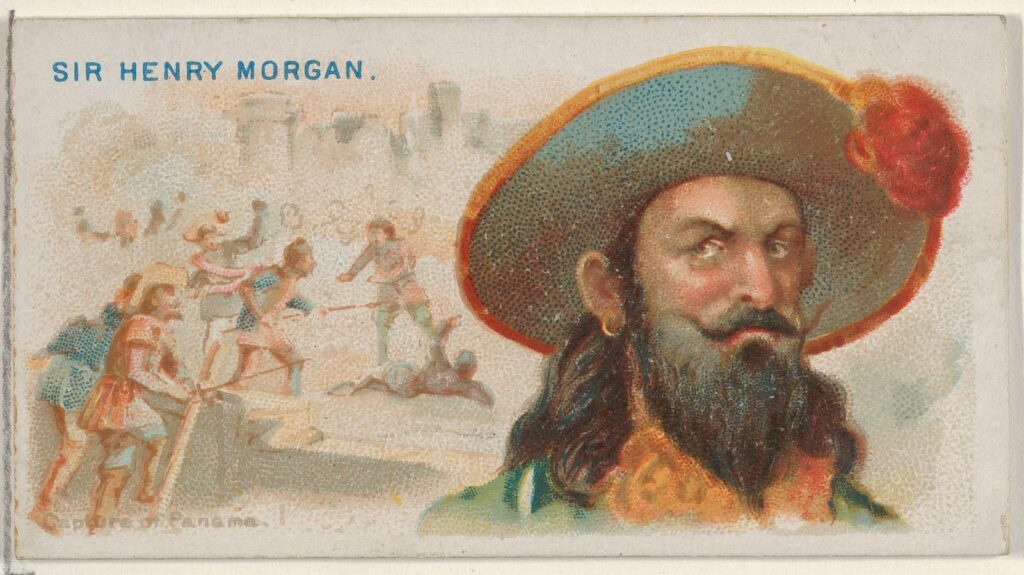
Pirate Henry Morgan was the rock star of his day—charismatic, fearless, and always up to no good. On January 18, 1671, he led a raid on Panama City, one of Spain’s richest settlements in the New World. Morgan’s forces overwhelmed the city’s defenses and ransacked its wealth.
But then things got… fiery. A blaze broke out, and before anyone could say, “Stop dropping gold to put out the fire,” most of the city was reduced to ash. Historians still debate whether Morgan’s crew started the fire intentionally or if it was an accident caused by the chaos of the raid. Either way, Morgan walked away with a fortune—and somehow avoided serious consequences for the destruction.
1733: The Jester Assassin and the Murder of Lord George Talbot
If you thought jesters were harmless clowns, think again. On January 18, 1733, Lord George Talbot was assassinated in England by someone dressed as a jester. The details of the murder are murky, but the assassin’s choice of disguise added an unsettling twist to the crime.
Jesters were supposed to entertain, not eliminate. This gruesome act shattered their whimsical reputation and made everyone wonder: Can you really trust someone who jingles when they walk? The murder remains a cautionary tale about the dangers of underestimating your court clown.
1788: The British First Fleet Begins Colonizing Australia
On January 18, 1788, the British First Fleet—11 ships loaded with convicts, officers, and supplies—reached the shores of what is now New South Wales. This marked the beginning of British colonization in Australia.
For the convicts, the voyage was a second chance (albeit a forced one). For the Indigenous Australians, it was the beginning of a devastating disruption to their way of life. The arrival of the First Fleet set the stage for the complex and often painful history of modern Australia. But from those uncertain beginnings, a nation was born.
1896: X-Ray Machines Debut and Change Medicine Forever
New Yorkers got their first glimpse of the future on January 18, 1896, when an X-ray machine was publicly exhibited for the first time. Imagine the shock and awe of seeing your bones—previously hidden from sight—suddenly visible on a glowing screen.
While some people found the technology exciting, others were understandably freaked out. Could this strange machine see your secrets, too? Despite the initial skepticism, X-rays revolutionized medicine, providing doctors with a new way to diagnose and treat illnesses. It was science at its most spooky—and spectacular.
1903: Teddy Roosevelt Sends the First Transatlantic Radio Message
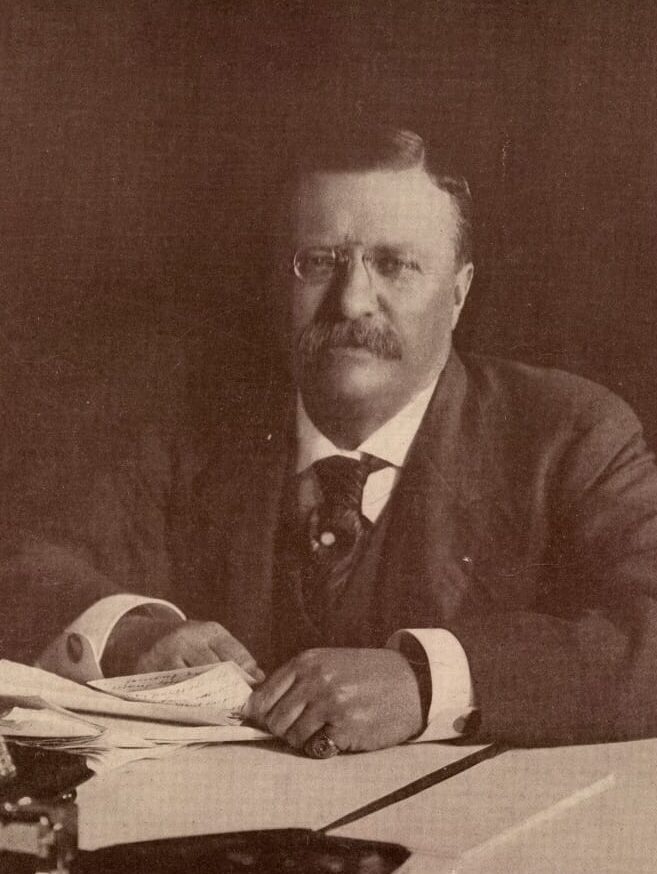
Before smartphones and Wi-Fi, there was radio—and on January 18, 1903, President Theodore Roosevelt made history by sending the first transatlantic radio message. The recipient? King Edward VII of Britain.
The message, transmitted from Massachusetts to Cornwall, was simple but groundbreaking. It proved that radio waves could bridge oceans, ushering in a new era of global communication. It wasn’t exactly a chatty exchange (no “LOL” or “BRB” here), but it was a giant leap for technology.
1911: Eugene Ely Lands a Plane on a Ship Like a Total Boss
On January 18, 1911, Eugene Ely did something no one had ever done before: he landed an airplane on a ship. Using a makeshift wooden platform on the USS Pennsylvania, Ely expertly touched down in his Curtiss pusher plane, defying expectations—and gravity.
The crowd went wild, and Ely cemented his place in history as the father of naval aviation. His daring feat paved the way for aircraft carriers and forever changed the way the military operates at sea. Talk about sticking the landing!
1974: America’s Speed Limit Hits the Brakes

The oil crisis of the 1970s forced America to make some tough choices, including slowing down—literally. On January 18, 1974, the U.S. imposed a national 55 MPH speed limit to conserve fuel.
Drivers hated it. Highways became long, drawn-out slogs, and the rule sparked nationwide grumbling. But it wasn’t all bad: the lower speed limit reduced accidents and saved lives, even as it strained patience. It was the day America learned that sometimes, slow and steady really does win the race.
1977: Scientists Give the Great Lakes Their Backstory
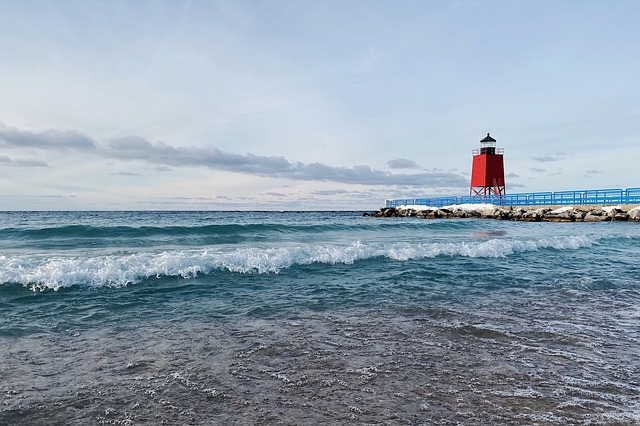
You’ve probably admired the Great Lakes, but have you ever wondered where they came from? On January 18, 1977, scientists confirmed that these massive bodies of water were formed by ancient glaciers during the last Ice Age.
This discovery was a major win for geology nerds everywhere. It explained why the lakes are so vast and deep—and reminded us that nature is the ultimate landscape artist. So next time you’re near one of the Great Lakes, take a moment to thank the glaciers.
1991: The Superman Bank Robbery That Was Anything But Super
Here’s a pro tip: if you’re going to rob a bank, don’t dress like Superman. On January 18, 1991, a man in Canada learned this lesson the hard way when he attempted a heist while wearing the iconic red cape and blue suit.
The logic behind his disguise was questionable at best. Superman is famous, easily recognizable, and… not known for robbing banks. Unsurprisingly, the man was caught, proving that even a superhero costume can’t save you from a poorly planned crime.
1993: Martin Luther King Jr. Day Finally Goes Nationwide
It took far too long, but on January 18, 1993, Martin Luther King Jr. Day was celebrated in all 50 U.S. states for the first time. The holiday had been signed into law a decade earlier, but some states dragged their feet on recognizing it.
When the day finally went nationwide, it was a powerful moment of unity and a fitting tribute to one of history’s greatest civil rights leaders. MLK’s dream of justice and equality lived on, reminding us all to keep pushing for a better world.
January 18: The Date That Has It All
What do conquistadors, pirates, scientists, and superheroes have in common? They’ve all left their mark on January 18. This isn’t just a day—it’s a kaleidoscope of history, packed with drama, innovation, and the occasional disaster. Next time you flip the calendar to January 18, take a moment to appreciate the chaos and brilliance of the past. It’s a date worth celebrating!
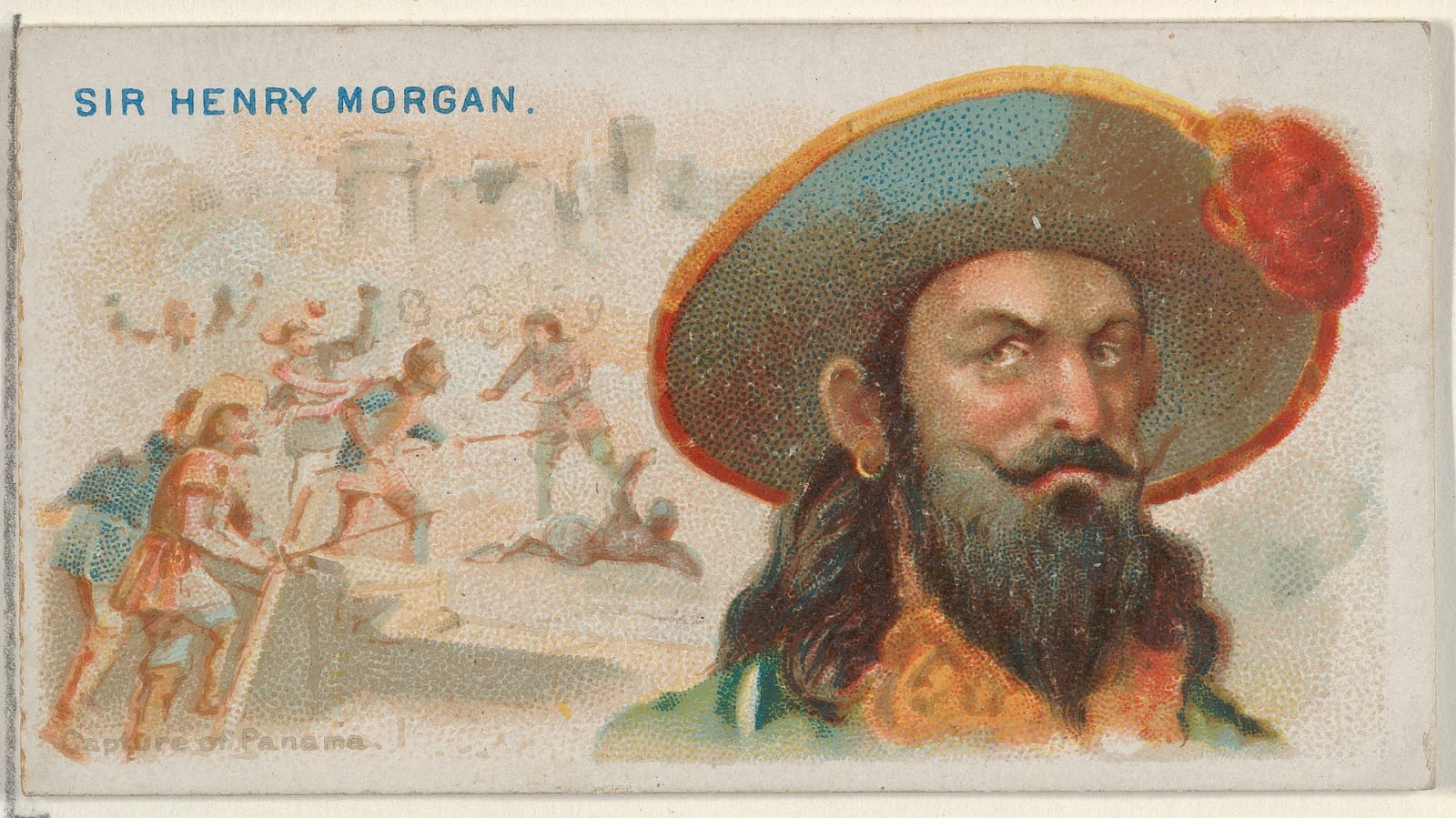


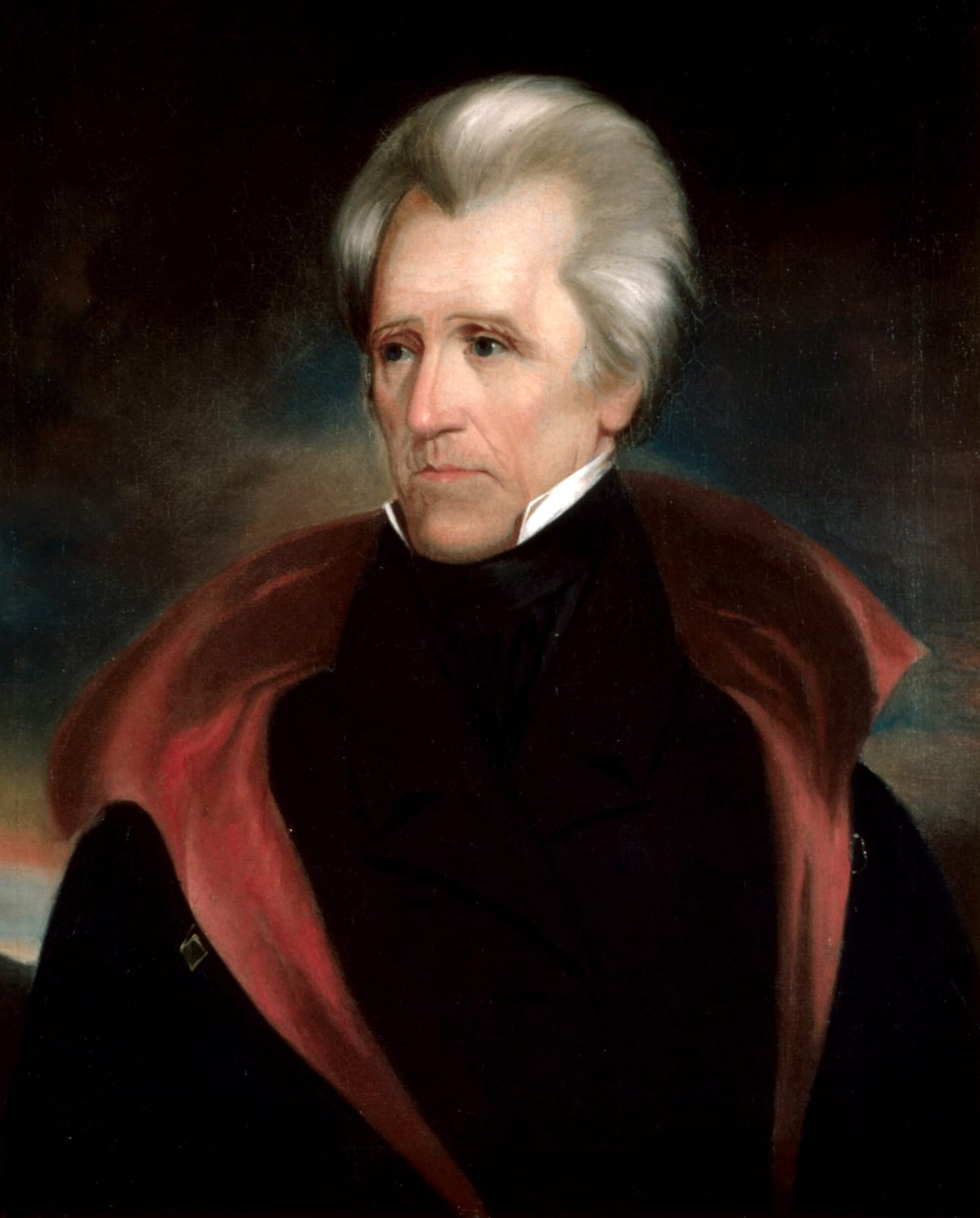

Почивка на Гран Канария: райски отдих, най-добрите места за почивка.
Гид за плажовете на Гран Канария: изберете идеалното място за слънчева баня.
Гастрономичен тур на Гран Канария: опитайте местните деликатеси.
Интересни маршрути на Гран Канария: запознайте се с забележителностите.
Почивка и спа на Гран Канария: насладете се на грижата за себе си.
Почивка на Гран Канария: забавления за цялото семейство.
Почивка в Гран Канария на добри цени http://www.bohemia.bg/ .